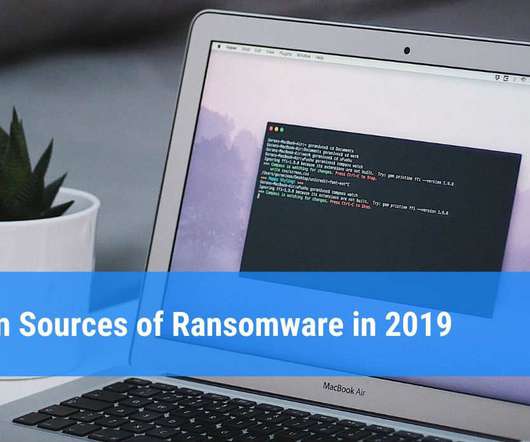3 crucial security steps people should do, but don't
Malwarebytes
OCTOBER 17, 2023
Just 24 percent of people use multi-factor authentication. Just 35 percent of people have unique passwords for most or all of their accounts. Creating strong, unique passwords is simple enough, as any person can throw a cat at a keyboard and likely fulfill the password requirements for most online accounts.



















Let's personalize your content